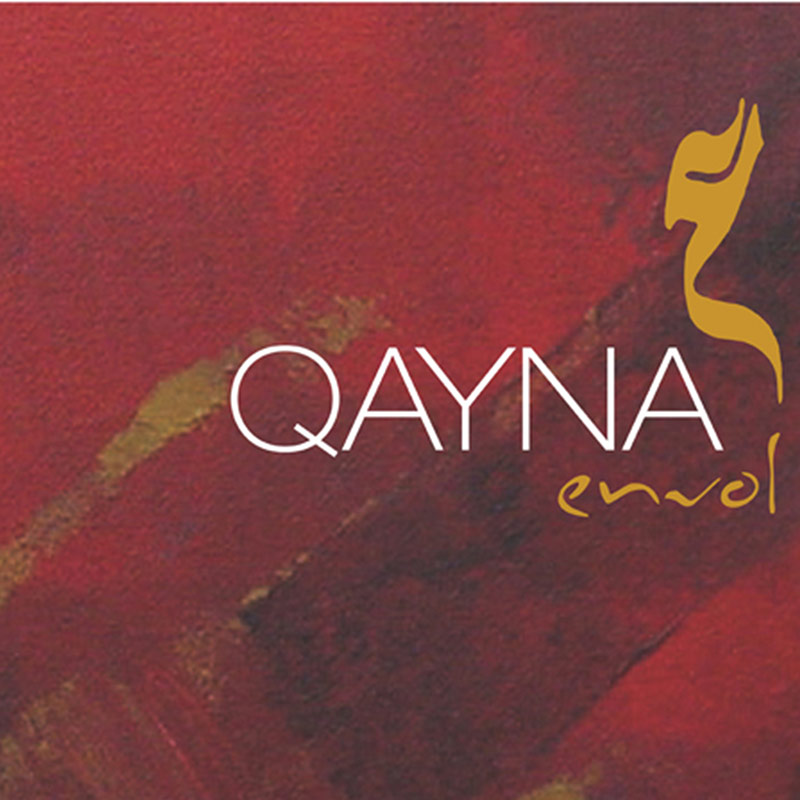The musical life of Arabs in the pre-Islamic period was centred around the Qayna, singing-servants that combined their musical talents with the functions of cup-bearer and courtesan. The Qayna formed a social class of their own. They established themselves in major commercial centres, enabling them to easily make contacts with rich merchants. Their role was to distribute drink, singing and sensuality. Their art consisted not only of reciting verses from the great poets of the period, but also to sing them. This required a thorough command of language and a sound literary background.
Read more
From the point of view of the form and the substance, Qayna singing can be split into two genres: Sinad and Hazadj. Sinad deals with serious subjects such as dignity, praise, pride and gravity. It consists of long classical verses. Hazadj, on the other hand, is entertainment intended simply to amuse the listener. It consists of short classical verses accompanied by lutes, flutes or tambourines.
The Qayna were elegantly dressed and covered with rich jewels. They exhaled the aroma of rare essential oils. They also boasted intoxicating voices, with perfect bodies and faces.
Their prosperity proves that the exercise of their talents was highly appreciated in society, representing a genuine tradition whose effects could be felt well after the arrival of Islam until almost the end of the 19th century.
The Qayna’s highly elaborate and varied vocal art is doubtless typical of the period’s social and musical life.
Addi/Abid
Read less


